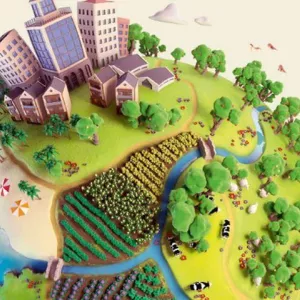Agroecological transformation for sustainable food systems
The urgency of agroecological transformation of agrifood systems linked to SDGs will be one of the game changers discussed at the UN World Food Systems Summit this year. Clearly the diversity of agriculture on this planet heralds the way to a variety of agroecological transition pathways (different baselines, input usage levels, socioeconomic contexts and particularly different labour costs and availability),

Agroecological transformation for sustainable food systems
The urgency of agroecological transformation of agrifood systems linked to SDGs will be one of the game changers discussed at the UN World Food Systems Summit this year.
Clearly the diversity of agriculture on this planet heralds the way to a variety of agroecological transition pathways (different baselines, input usage levels, socioeconomic contexts and particularly different labour costs and availability), and also a diversity in terms of means for public action (subsidy levels that could be reoriented to incentivize change, research and extension, etc.). There are also similarities in terms of understanding the biology, ecology and socioeconomics of farming agroecosystems and their functioning, and how to manage risks, including those triggered by climate change.
Lessons are also to be learned from past trajectories in the Global North and other parts of the world. Such insight could help avoid the simplification levied by conventional agricultural models, while shedding light on pitfalls to elude when considering power asymmetries and developing cooperative systems. Indeed, in some parts of the world where inorganic input usage is generally low and sometimes nonexistent—such as fertilizer use in many African countries—the priority is often focused on increasing access and usage of these inputs to boost production and productivity. Agroecological concerns are relevant, even under these conditions, and any decisions to increase such input use must strive to strike a balance between short-term productivity gains and long-term environmental health and sustainability gains. The linkage between sustainable intensification and agroecological transformation emerges here as a point of analysis.
These issues have led researchers from CGIAR and French research organizations to work together in compiling this Dossier to showcase their expertise at the disposal of policymakers, extension services, NGOs and farmers’ associations committed to promoting the agroecological transition.

